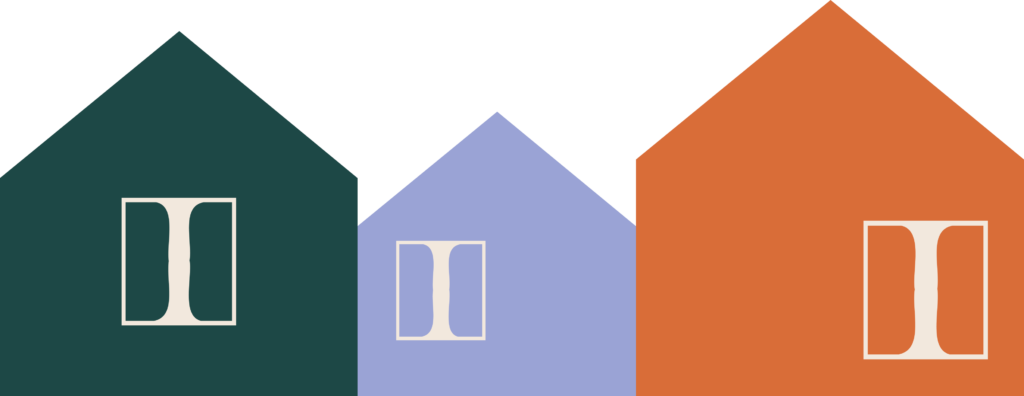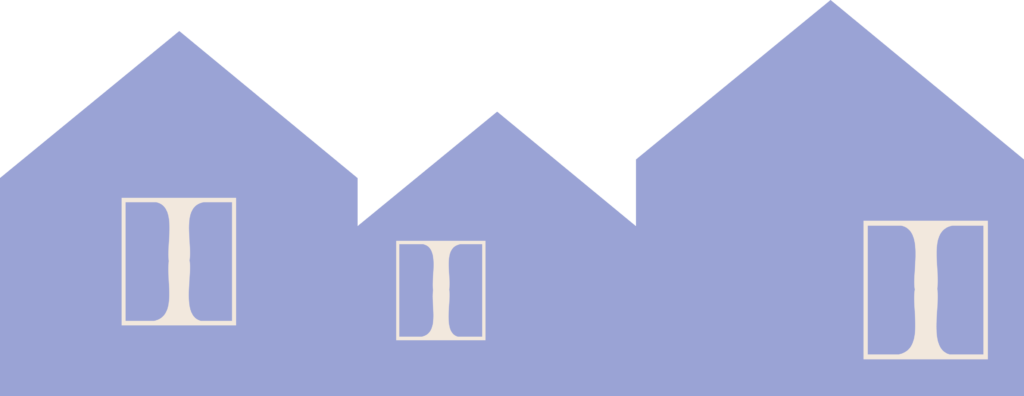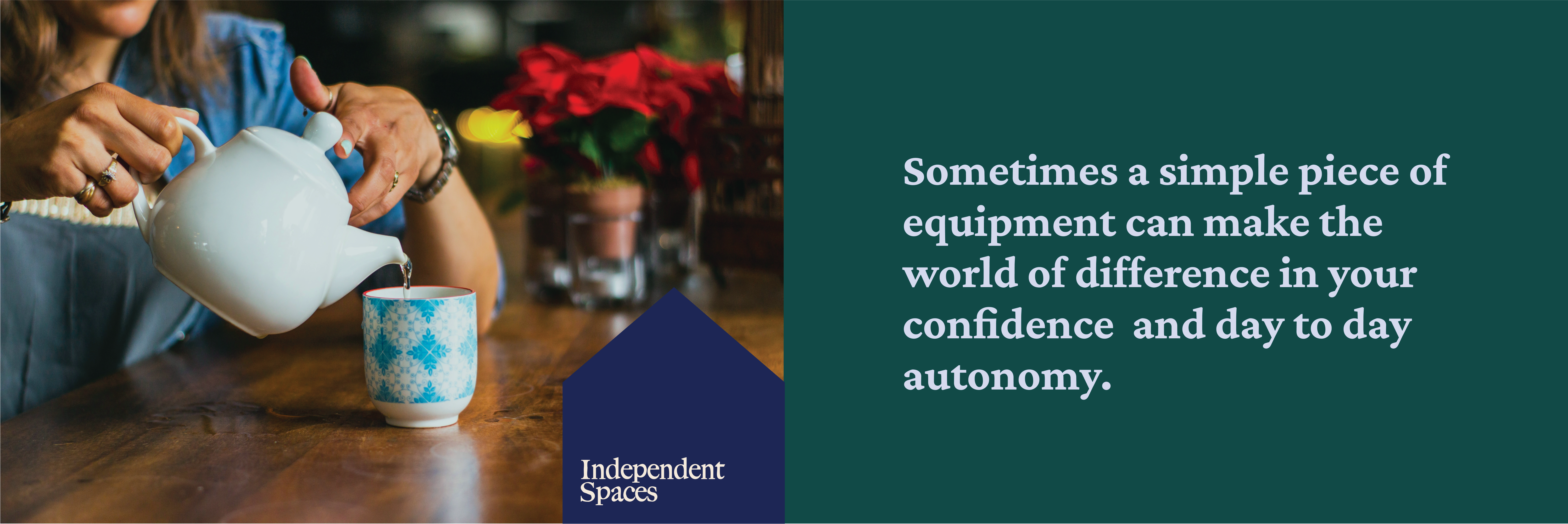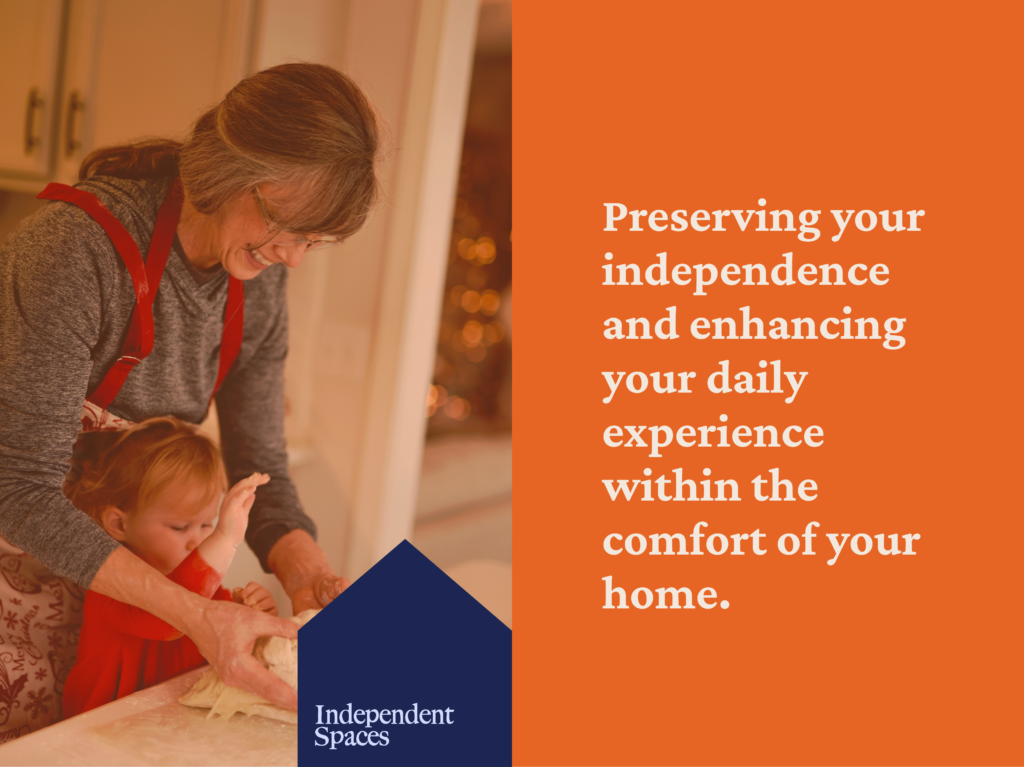Our Services
Your Independent Spaces journey starts with the completion of a comprehensive home based initial OT assessment with you in your own home.
From here the direction is individualised to you and your situation.


During the initial OT visit in your home, we will review your function within the spaces of your home.
This typically takes around 60 minutes and includes assessing:
Home Access
Independent Spaces can assist you if you struggle with your mobility meaning accessing your home is difficult. This could be due to stairs, uneven surfaces, steep driveways and more.
Non Accessible Bathroom
Independent Spaces can support you in modifying your bathroom to be accessible for your needs. If you struggle getting in and out of the shower or getting on and off the toilet we can provide equipment and support to overcome these barriers.
Moving Around Your Home
If you struggle to move around your home due to your mobility and accessibility limitations of the space Independent Spaces can assist with equipment and applying for home modification funding.
Day to Day Tasks
Independent Spaces can work with you to develop a plan that enables you to remain in your own home.
If more complex solutions are required the OT will also complete as relevant with consent:
- Seating assessment and measurements for wheelchairs including photos
- Environmental assessment for housing modifications including drawings/photos
- Supine/lying assessment for sleep systems may include photos
- These additional assessment items will also be completed during this initial visit and may require additional time.

Your OT will discuss the assessment findings and agree on an action plan moving forward. This may include reviewing proposed equipment solutions for trial to aid with your independence and safety with daily tasks. Alongside or separate to equipment, you may be in need of home modifications.

Assessments
Your Independent Spaces journey starts with the completion of a comprehensive home based initial OT assessment with you in your own home. From here the direction is individualised to you and your situation.
During the initial OT visit in your home, we will review your function within the spaces of your home.
This typically takes around 60 minutes and includes:
- Observing how you get around your home (mobility and transfers)
- Exploring how you manage daily tasks and any support you may require
- Assessing your home layout (home access and internal layout) for any barriers
- Reviewing any existing equipment you may have
- Getting to know and understand you and your goals to make a collaborative action plan with you.
If more complex solutions are required the OT will also complete as relevant with consent:
- Seating assessment and measurements for wheelchairs including photos
- Environmental assessment for housing modifications including drawings/photos
- Supine/lying assessment for sleep systems may include photos
These additional assessment items will also be completed during this initial visit and may require additional time.
Your OT will discuss the assessment findings and agree on an action plan moving forward. This may include reviewing proposed equipment solutions for trial to aid with your independence and safety with daily tasks. Alongside or separate to equipment, you may be in need of home modifications.

Our Interventions Fall into Two Categories: Equipment and Home Modifications.
Equipment solutions are items that are portable and designed to help make particular day to day tasks of concern easier or safer for you and/or those caring for you. The inclusion of equipment aims to adapt or compliment the way a task is completed, with the aim to support your independence.
Examples of basic equipment items include:
- Bed levers
- Shower stools/chairs
- Bath board
- Hand held shower hose
- Perching stools
- Over toilet frame
- Raised toilet seat
- Low walking frames
- Basic shower commode
- Basic manual wheelchairs
- Bedside commode
- Furniture height raisers
- Over bed table
- Modified cutlery
- Bath lifts
- Profiling electric (‘hospital’ style) beds
- Basic mattresses for profiling beds
- Powered recliner chair
- Portable ramps
- Transfer aids (eg. Sara steady, minilift, hoists).
Examples of complex equipment items include:
- Pressure relieving mattresses
- Pressure relieving cushions
- Complex wheelchairs including powered wheelchairs
- Positioning cushions
- Bariatric equipment
- Complex shower commode

If some equipment is suggested for you to try, the OT will outline the process to apply for MOH/Whaikaha funding if eligibility is established. With your consent the next step to getting the equipment is for the OT to complete an application for the equipment item/s you require. Equipment applications for items that fall into band 1 or band 2 catalogue are included in the initial assessment price of $315.
If the equipment application is successful, once the equipment is available to trial you will require a follow up visit with the OT at your home. The OT will set up, adjust and demonstrate how to safely use the equipment during this appointment and address any questions or concerns you may have. Following this assessment if the equipment is working well for you, you can keep it in place. If it is not, the OT can discuss some other potential items which may be better suited. Your OT is here to work with you, and proposed solutions only serve as recommendations. You are the expert on your abilities, goals and your desires, we do our best to factor this in but ultimately you have the final say.

Home Modifications
If we are unable to solve an area of concern or risk within your home with equipment solutions, we will assess whether something more permanent like modifications to the existing home may be appropriate. These are changes to the physical home environment that may present as an existing or future barrier or could be better adapted to support your safety.
Common household barriers include:
- Narrow Doorways
- External property access
- Internal steps and internal lips
- Shower over baths
- Shower cubicles
- Low toilet height
Examples of Solutions:
Basic
- Placement of internal/external grab rails
- Re-hinging a door
- Installation of bidets
Complex
- Ramps
- Stair lifts
- Platform lifts
- Level access shower
- Door widening
All MOH/Whaikaha funded housing modifications require property owner consent before proceeding. All housing modifications require a quotation from an approved contractor. For basic housing modifications the OT can take photos and measurements to obtain a quote via email. For complex modifications photos, measurements and drawings are completed during the initial assessment for MOH/Whaikaha consideration before conditional approval which then requires a joint visit at the home with the OT and contractor for a quotation.

Schedule of fees as of January 2025
| Independent Spaces Services | Cost |
| Initial Community Occupational Therapy Assessment Comprehensive home assessment 60-75 minutes in duration. Includes MOH/Whaikaha reports/applications for band 1 and 2 equipment and basic housing modifications. | $315 |
| Community Follow Up visit 30-45 minutes in duration, required to set up, adjust, demonstrate and trial equipment or complete paperwork for housing modifications. | $195 |
| Complex reports/applications For MOH/Whaikaha reports/applications for band 3/non-list complex equipment and complex housing modifications. | $115 |
| Excess KM charge (>15-30km from Auckland CBD) | $30 |
| Housing transfer assessment and letter Assessment and letter of recommendations for those in Kainga Ora or Tamaki Regeneration homes that are no longer suitable for occupants. | $155 |
